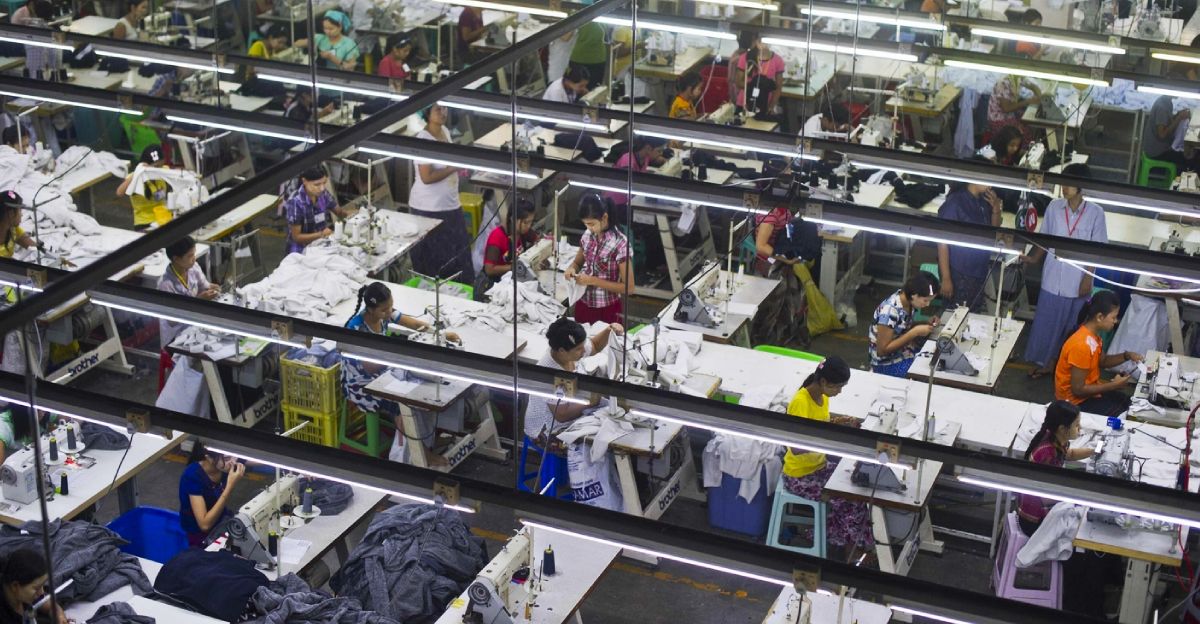
Something remarkable is happening in the fashion world, and not on the catwalk. A recent report has silently put pressure on some of the most recognized names in the business. We’re not talking about small brands or specialty labels.
These are big names. The ones you see on billboards, malls, and on Instagram. The report isn’t for fashion, but something else. Something the everyday consumer doesn’t usually get to witness.
And it’s raising questions even loyal supporters can’t ignore. What did these companies do? And why is it making experts uneasy?
What the Report Looked At
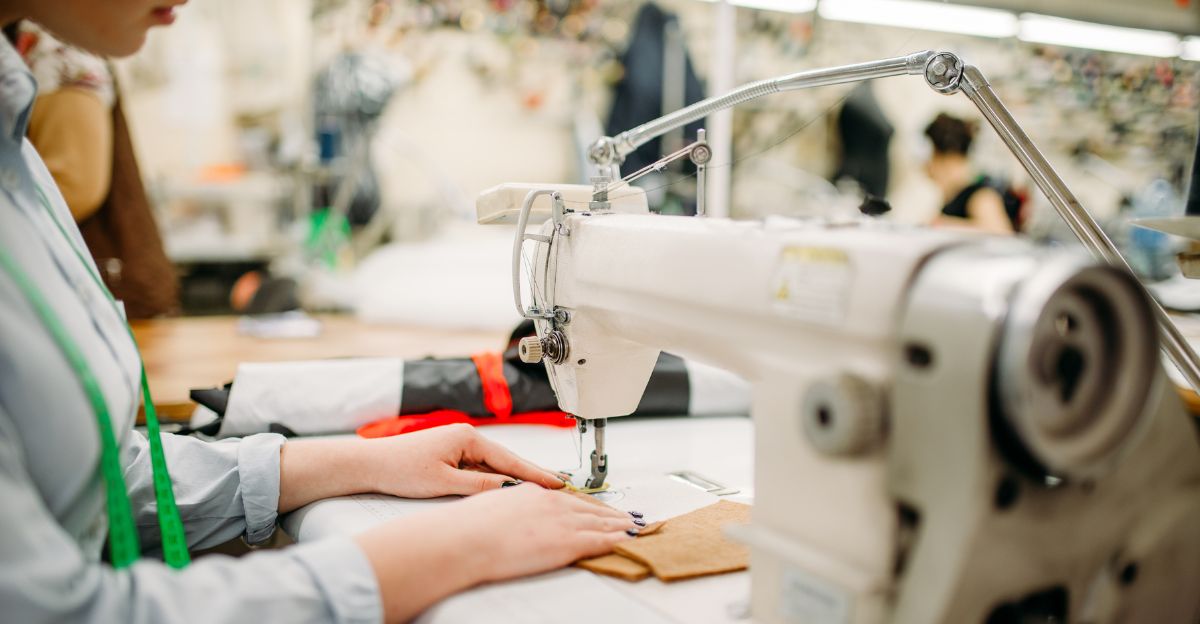
The Business & Human Rights Resource Centre released a recent international report, The Missing Thread. It analyzed the climate pledges of 65 fashion brands. This report didn’t just analyze recycling plans or emissions.
It looked at whether these brands were considering the safety of their workers while going green. The question is: can companies go green without sacrificing the security and health of their workers?
The Pledge vs. the Practice
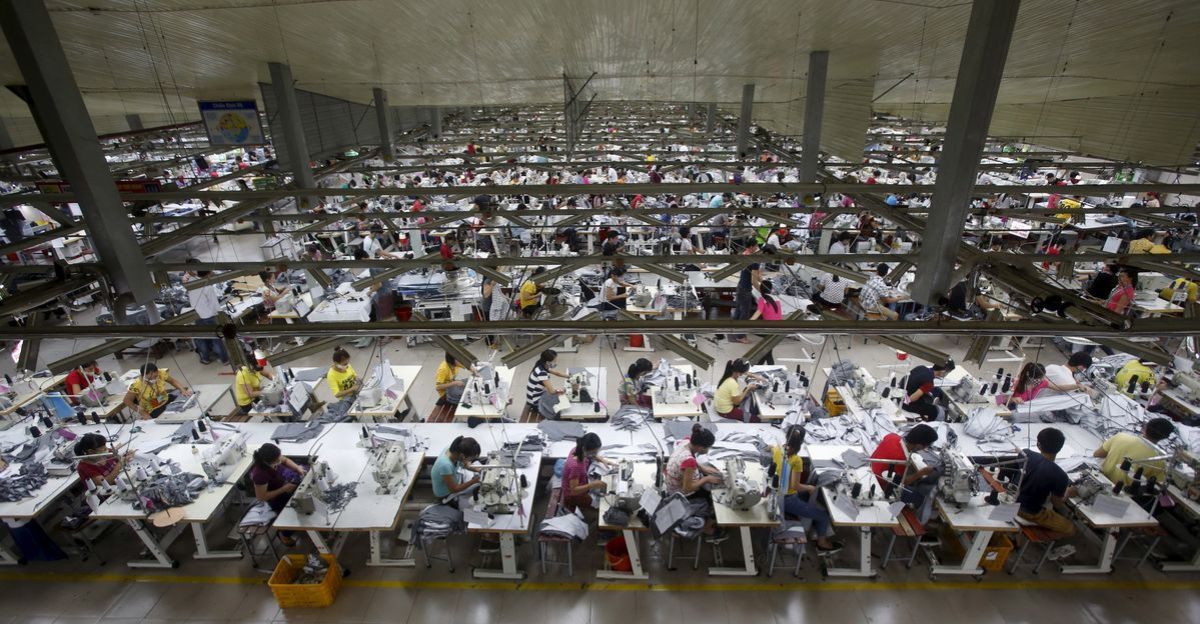
Out of 65 companies surveyed, 44 had made emission-cutting pledges. However, the report discovered that none of the 44 had devised an actual “just transition” plan. That is, there is no indication of whether they considered employee rights and protections in this plan.
What Is a Just Transition?
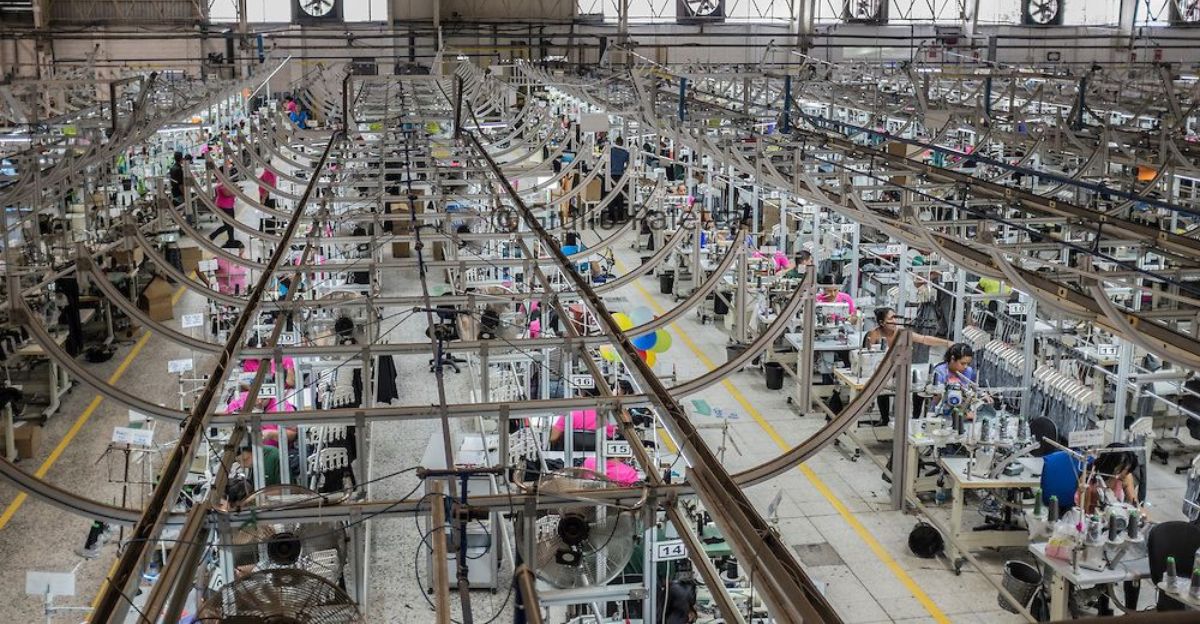
The phrase “just transition” is as close to industry lingo as it gets, but it’s simple. It’s cleaner energy or greener methods with a transition that doesn’t leave workers behind.
That means good pay, job stability, training, and a safe work environment. The idea dates back to the 1980s, when workers first began considering this approach, and it’s particularly of interest in industries where transformation could put jobs at risk. The fashion industry is one of those industries.
Who Made the Cut?

Among the 65 brands analyzed, only two mentioned anything resembling a plan for a just transition. One was Inditex, the corporate parent of Zara.
The other was Kering, the parent of Gucci. That’s it. These two were mentioned because they’ve begun including worker protections within their climate goals.
Even those, however, are still in their infancy. As for the rest? The report suggests they’re not just missing the point, they’re failing significantly.
Big Names Under Scrutiny
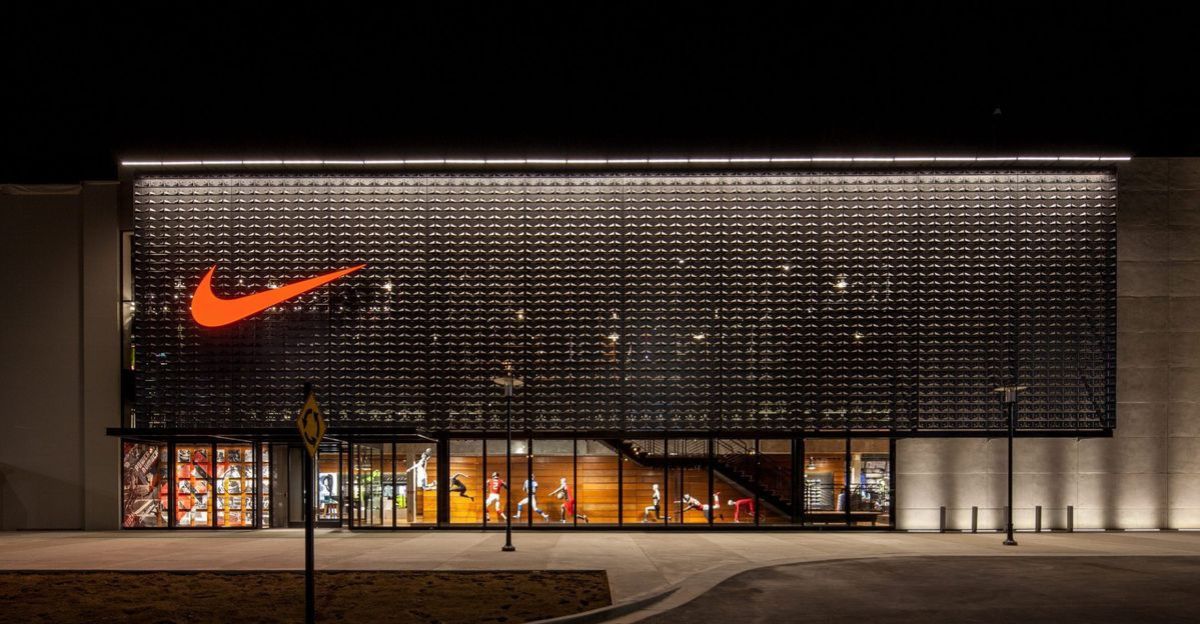
The report included some of the biggest fashion brands in the world. In particular, Nike, H&M, and Hermès were named as having good environmental ambitions, but no clear evidence of paying their workers fairly. These are not small or failing businesses. They are some of the most profitable in the industry.
Why This Matters
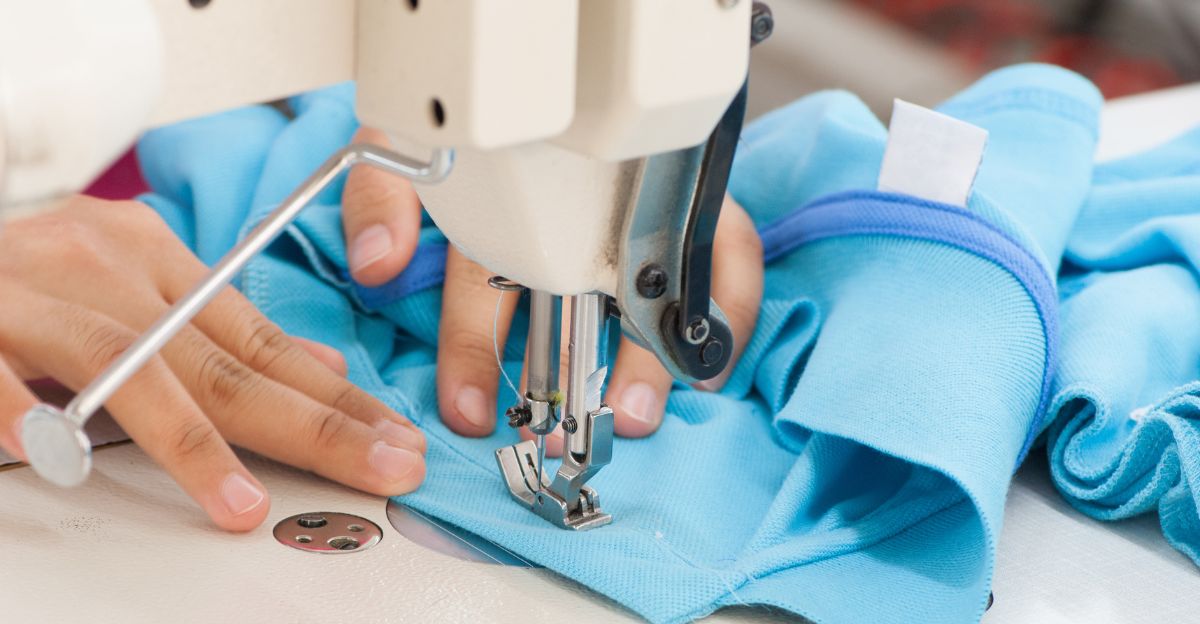
Fashion employs millions of individuals worldwide, including people in developing nations. They work for long hours, at low wages, in hazardous conditions.
When companies speak of reducing emissions or going green with new materials, those efforts have implications for real people.
Sustainability might come at someone else’s expense if worker rights are not on the table. That is what this report is attempting to shed light on.
Greenwashing Concerns
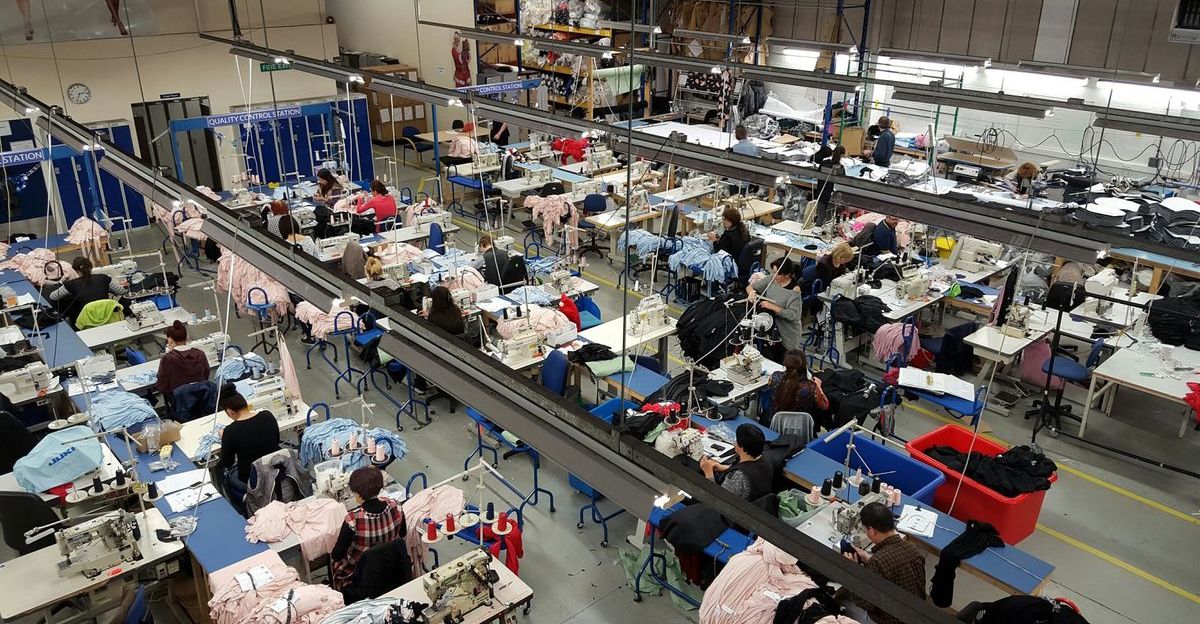
It’s not the first time fashion companies have been caught ‘greenwashing’: speaking about being green without actually doing it.
But this time, there’s an added layer. There’s the implication that when brands do talk about the planet, they may be leaving people behind.
Natalie Swan, of BHRRC, summed it up quite well: “It’s not enough to go green. It needs to be clean and just.” Without action, words such as “eco-friendly” could be empty.
The Real Risks of Doing Nothing
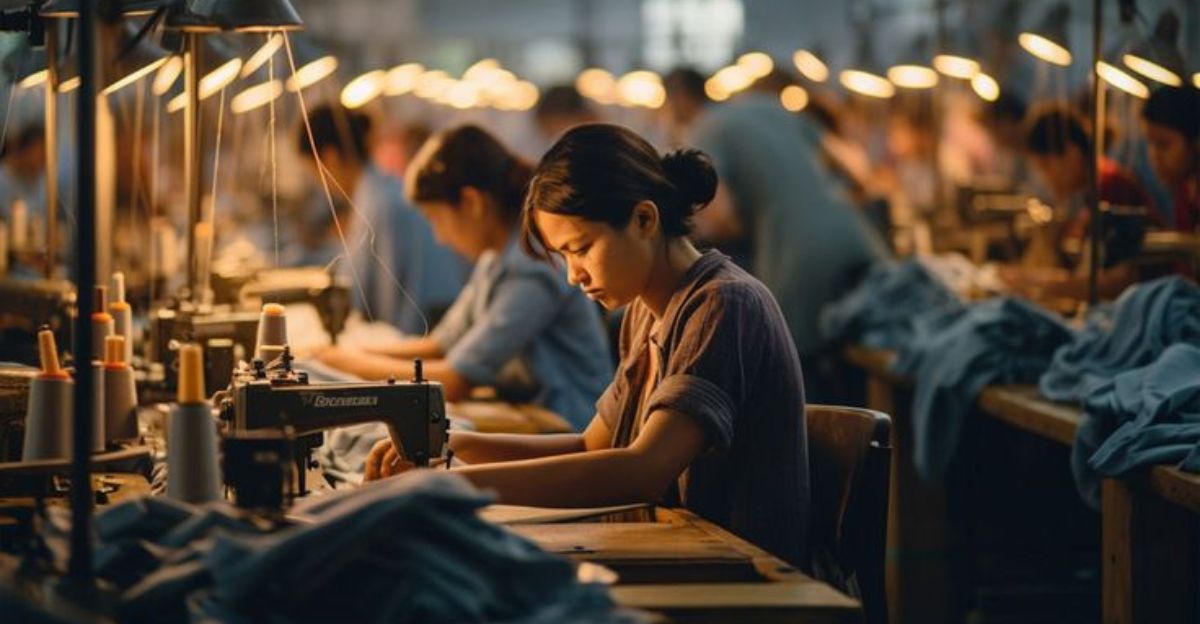
If apparel firms don’t adapt, they are potentially putting people and profits at risk. According to the report, by excluding employees from climate action plans, there is long-term risk.
It results in a decrease in the quality of supply chains, greater risk of lawsuits, and public outcry. The short-term benefits may not be worth the long-term harm.
Of greater concern, exclusion can exacerbate inequality and working conditions in a precarious sector of the global economy.
What the Industry Could Do Better
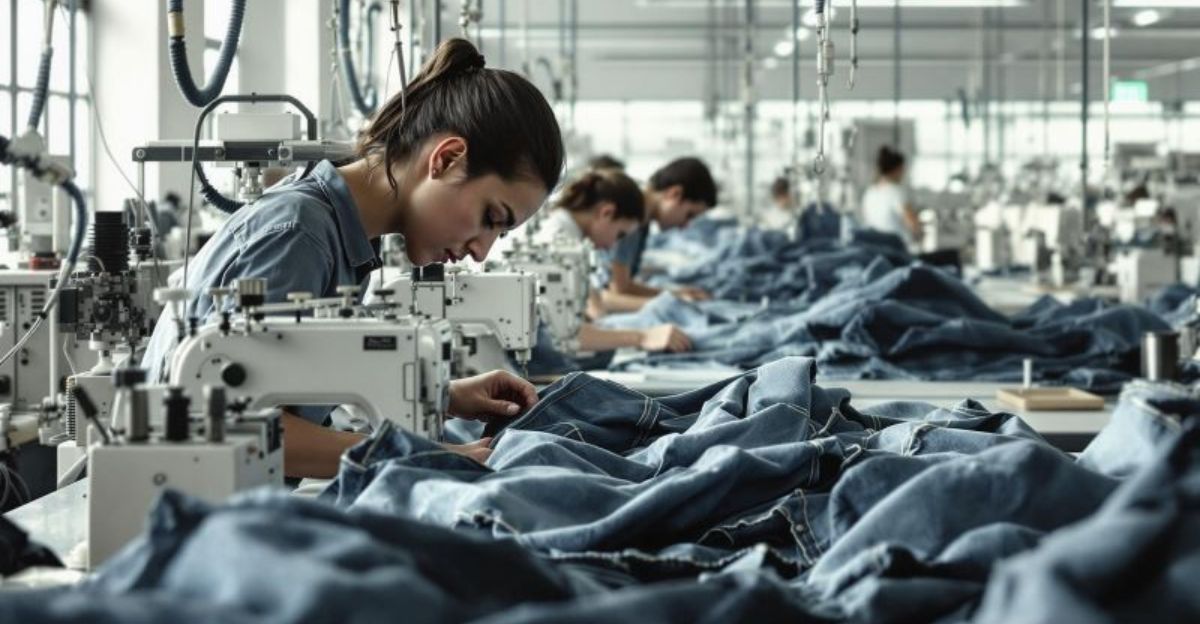
One size will not fit all. But a genuine just transition is about engaging with unions and making worker protection part of climate ambition.
It’s about reskilling, enhancing job safety, and paying workers what they’re owed. These transitions won’t happen instantly, but they’re doable. And they don’t have to hinder environmental progress.
What Governments Could Do
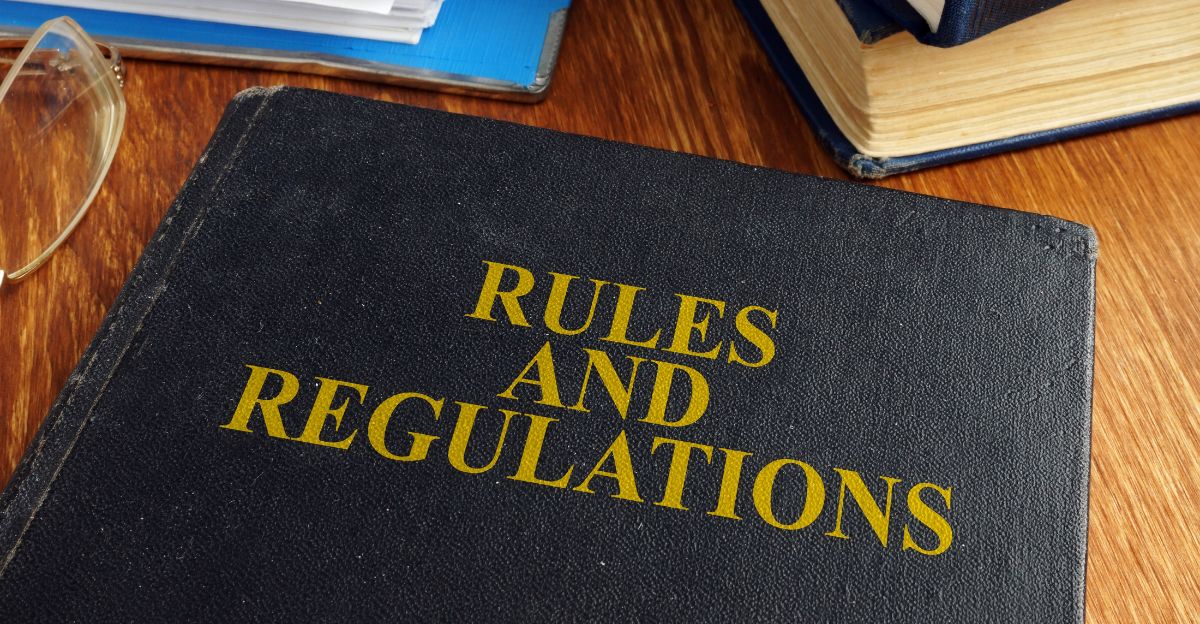
It’s not just down to brands. The report and those who back it claim that governments also need to intervene with firmer regulations.
That might include making companies report what they’re doing to safeguard both workers and the environment. It might be rewarding those who get it right.
The intention is to create a level playing field: one where ethical decisions aren’t a nicety or in the control of marketing departments.
What You Can Do As a Shopper
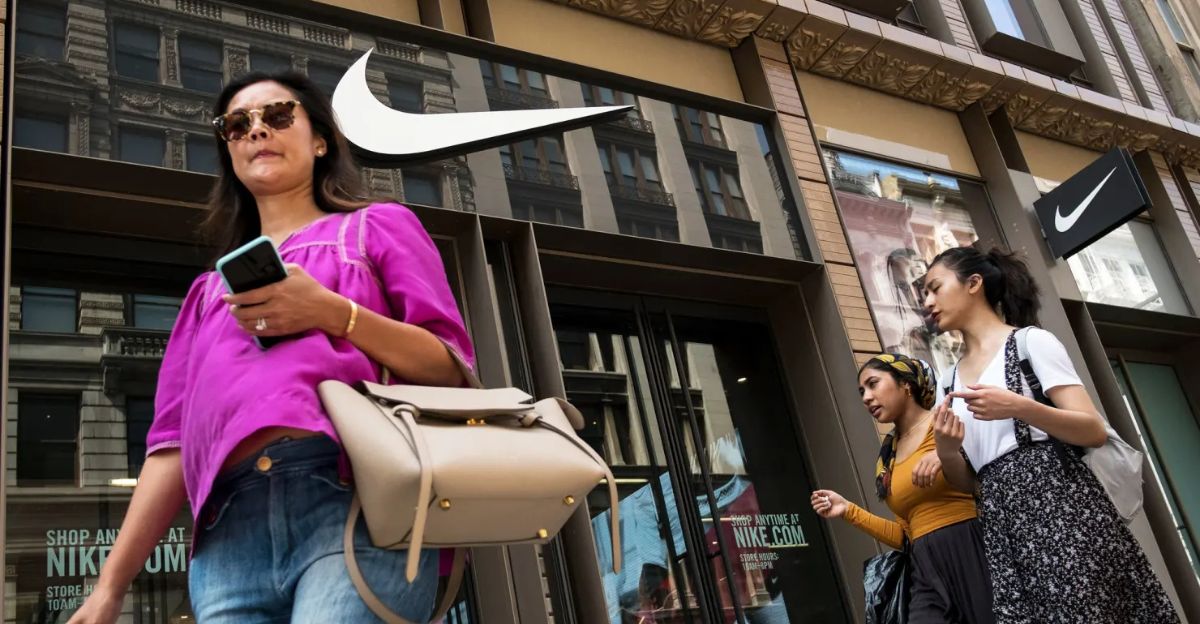
Every choice we make matters. Shopping with companies that have reasonable labor practices, and complaining when they don’t, matters.
Consuming less, second-hand, or selecting certified ethical brands are all choices. Even simply raising awareness around these issues matters. Consumers play a larger role than they realize.
One Report, Many Eyes Watching
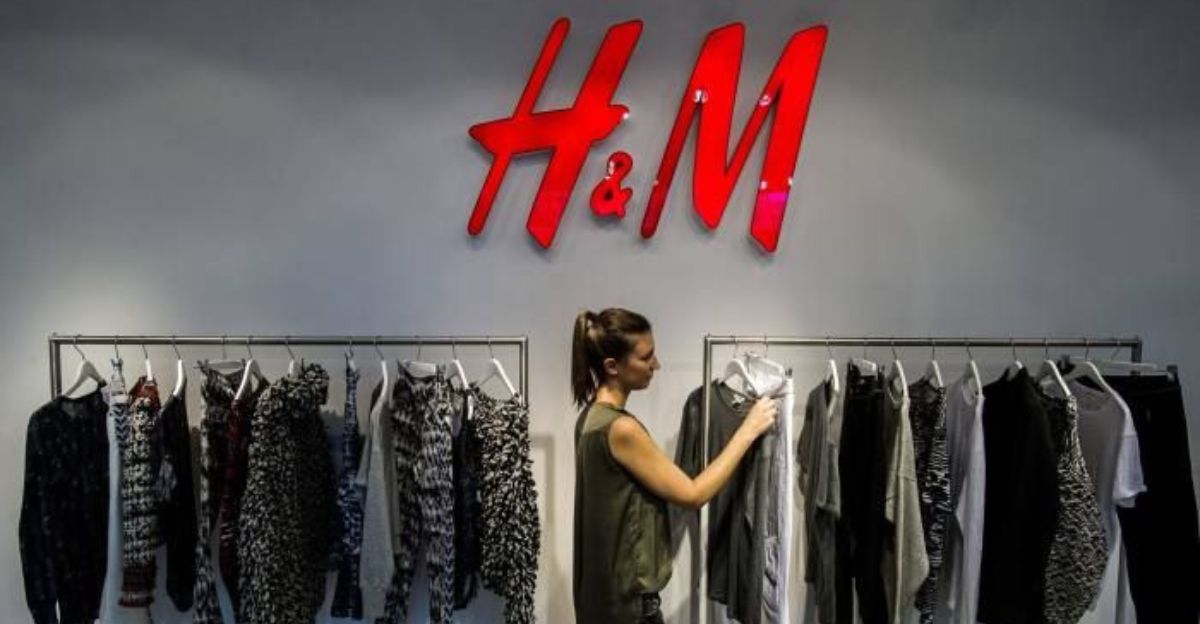
The Missing Thread is just one story, but it’s part of a bigger movement. Consumers are starting to ask: What’s in the label?
Who made it? And were they treated kindly? As buyers awaken, it becomes increasingly difficult for companies to ignore their questions.
The spotlight is shifting. And while some brands are finally taking action, many more still have a very, very long way to go.
The Thread We Can’t Ignore
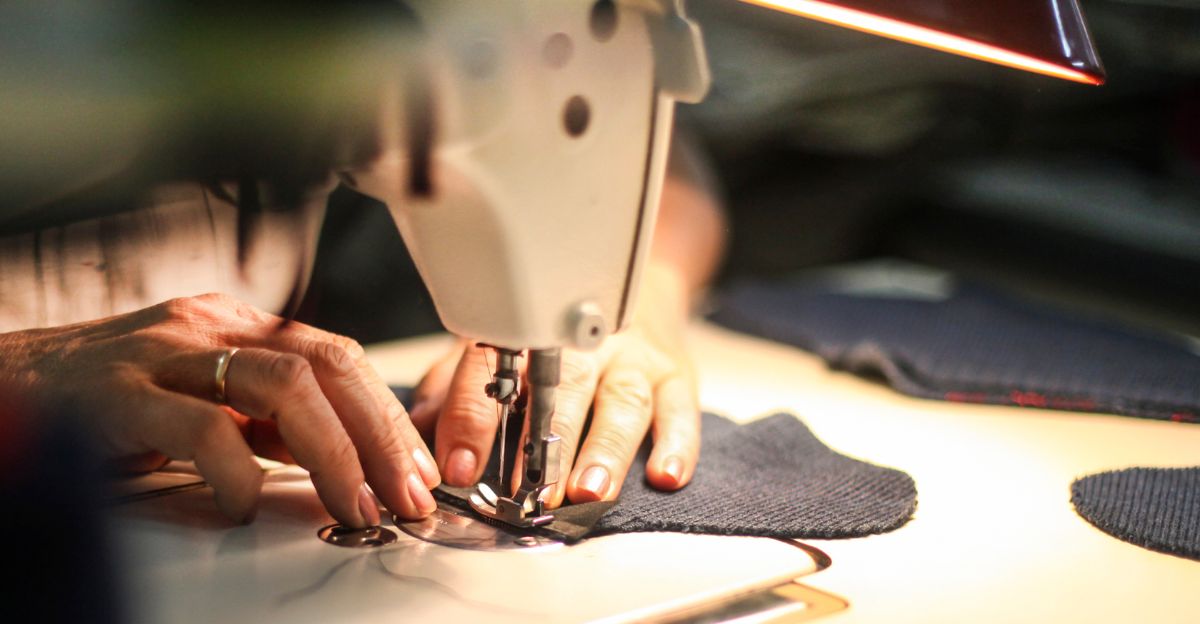
This is not a story about fashion. It’s about how corporations respond to change and who gets left behind. Something is wrong if green means shoving labor farther into hazardous or unfair conditions.
The real test is making sure that progress is shared. And that’s about asking the tough questions until those questions lead to real change.